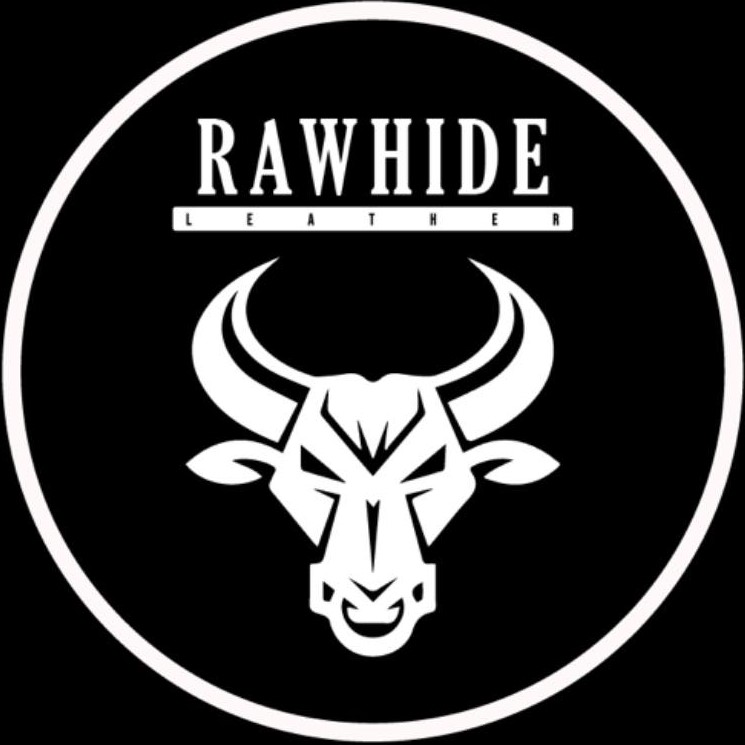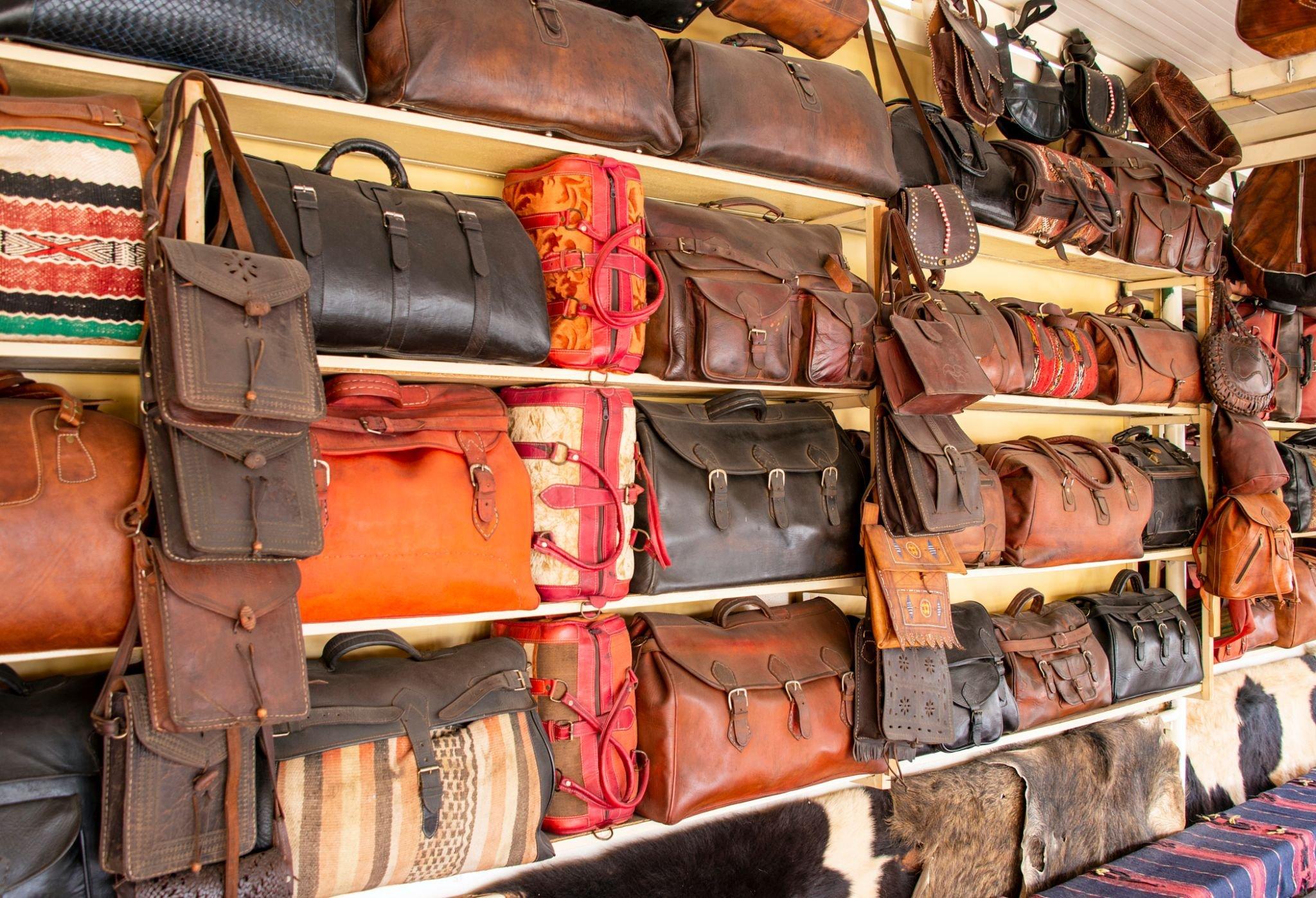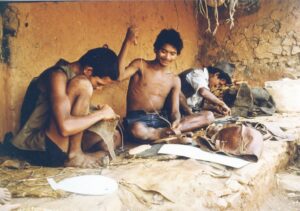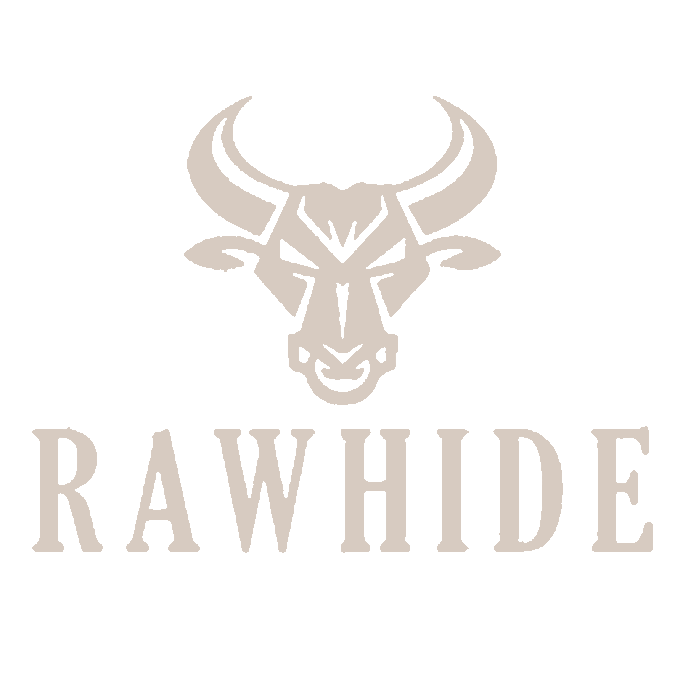Nepal’s leather market has evolved significantly from its traditional roots, adapting to contemporary demands and global trends. The sector is no longer just about handcrafted goods but has grown into a dynamic industry that blends artisanal skills with modern practices. Here’s a comprehensive look at the modern leather market in Nepal, exploring its current trends, opportunities, and challenges.
Current Trends in the Leather Market
- Diversification of Products: Nepalese leather manufacturers have expanded their product lines far beyond traditional items like shoes and belts. The modern market now includes a wide range of products such as stylish handbags, wallets, jackets, and even home decor items. This diversification caters to both domestic and international consumers, reflecting a shift towards a broader product offering.
- Sustainability and Eco-Friendliness: There is a growing emphasis on sustainable and ethical practices within the industry. Many businesses are adopting eco-friendly tanning processes and exploring alternative materials to reduce environmental impact. The use of vegetable tanning and other less harmful methods is becoming more prevalent, driven by both consumer demand and regulatory pressures.
- Technological Integration: The integration of technology in the leather industry is transforming production processes. Modern tanneries are incorporating advanced machinery for more efficient and precise leather processing. Automation and digital tools are also being used in design and production, improving efficiency and product quality.
- Growing Export Market: Nepalese leather products are gaining traction in international markets. Export destinations include Europe, North America, and Asia. The rise in global demand for ethically produced and handcrafted leather goods has opened new avenues for Nepalese exporters, contributing significantly to the sector’s growth.
- Focus on Quality and Craftsmanship: Despite modernization, the emphasis on traditional craftsmanship remains strong. Nepalese leather products are celebrated for their artisanal quality, with a focus on detailed work and durability. This commitment to quality is a key selling point in both domestic and international markets.
Opportunities in the Leather Market
- Expanding International Markets: There is considerable potential for Nepalese leather products in emerging markets. By leveraging the growing global demand for sustainable and unique leather goods, Nepal can enhance its export presence and build stronger international partnerships.
- Value Addition and Branding: Developing strong brands and adding value to leather products can open new market segments. Nepalese manufacturers have the opportunity to create niche markets for high-quality, artisanal leather products, distinguishing themselves from mass-produced items.
- Tourism-Driven Demand: With tourism being a significant sector in Nepal, there is potential to tap into the demand for leather souvenirs and high-quality products from international visitors. Promoting leather goods as unique Nepalese keepsakes can boost both domestic and tourist-driven sales.
- Government and Institutional Support: Increased support from the government and trade associations can provide crucial backing for the industry. Programs aimed at improving infrastructure, offering financial incentives, and supporting innovation can help address current challenges and foster growth.
Challenges Facing the Leather Market
- Environmental Concerns: Traditional leather tanning processes can be environmentally harmful. Although there is progress towards more sustainable practices, the industry still faces challenges in managing waste and reducing the environmental footprint.
- Quality Control and Standardization: Maintaining consistent quality can be challenging, especially for small and medium-sized enterprises. Establishing standardized processes and quality control measures is essential for ensuring that products meet both domestic and international market expectations.
- Competition and Market Saturation: The global leather market is highly competitive, with numerous countries vying for market share. Nepalese producers must navigate this competition by differentiating their products and continuously innovating to stay relevant.
- Skill Development and Training: As the industry modernizes, there is a need for skilled workers who are adept in both traditional techniques and new technologies. Investment in training and skill development is crucial for sustaining growth and maintaining high standards.
Looking Ahead
The modern leather market in Nepal is poised for growth, driven by a combination of traditional craftsmanship and contemporary practices. By focusing on sustainability, leveraging technology, and expanding into new markets, Nepalese leather producers can enhance their global presence and capitalize on emerging opportunities.
Balancing tradition with innovation will be key to navigating the challenges and achieving long-term success. With continued support from stakeholders and a commitment to quality and sustainability, the future of Nepal’s leather industry looks promising, offering both economic benefits and a vibrant representation of Nepalese heritage on the global stage.




